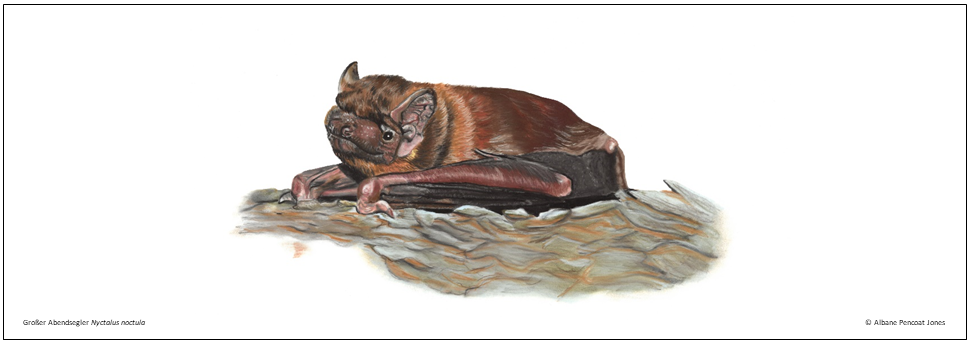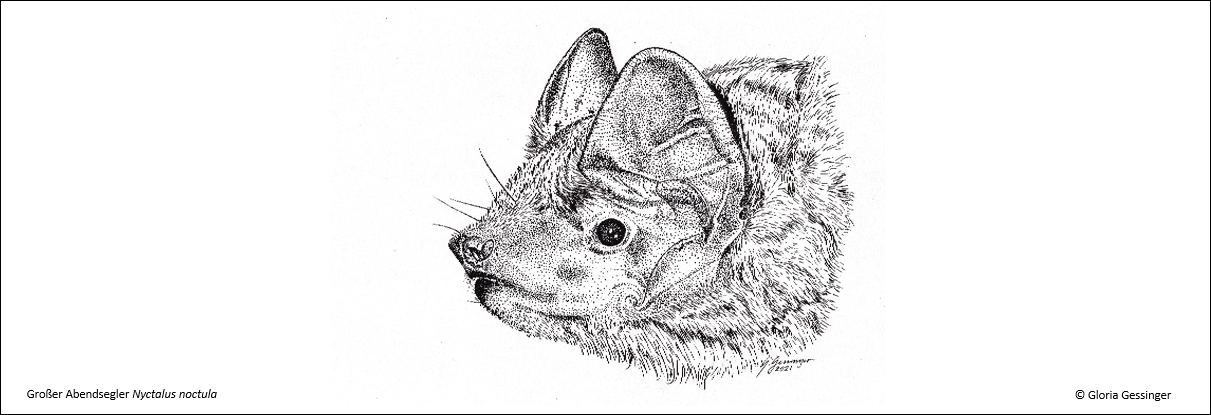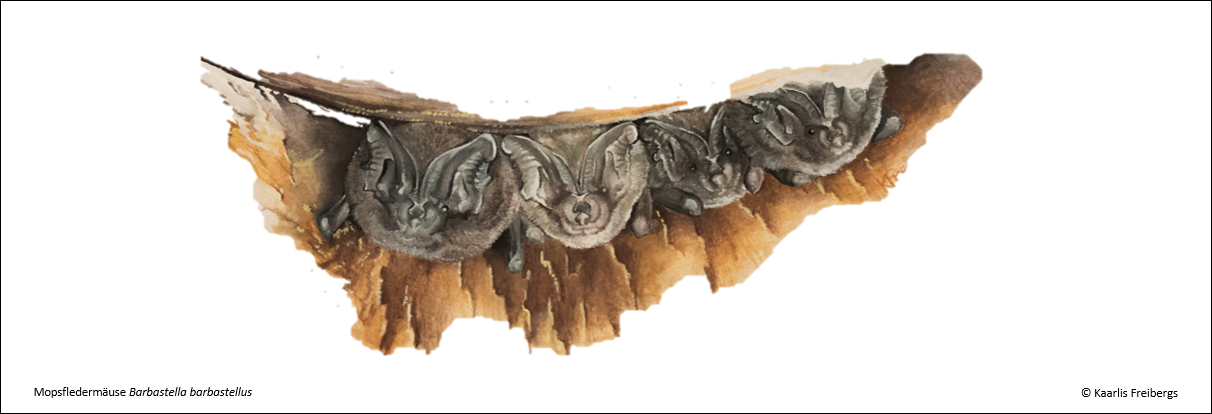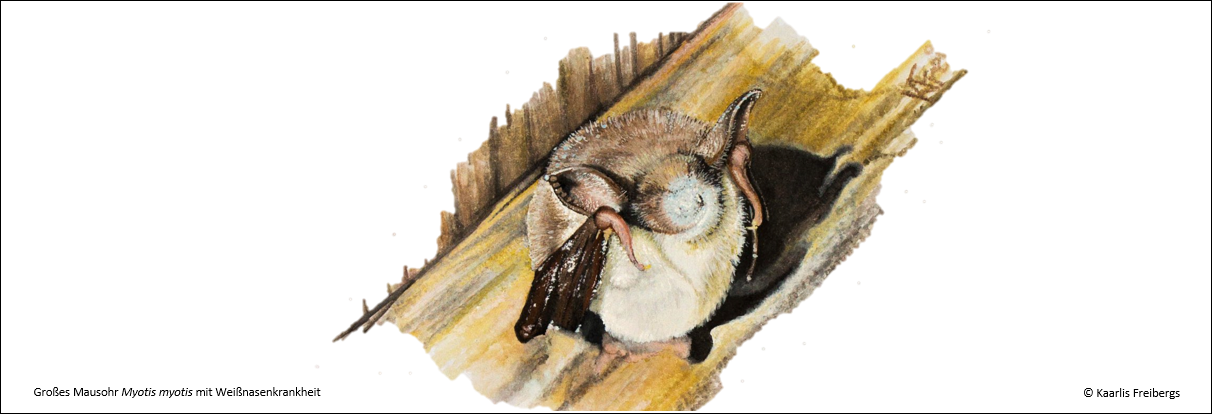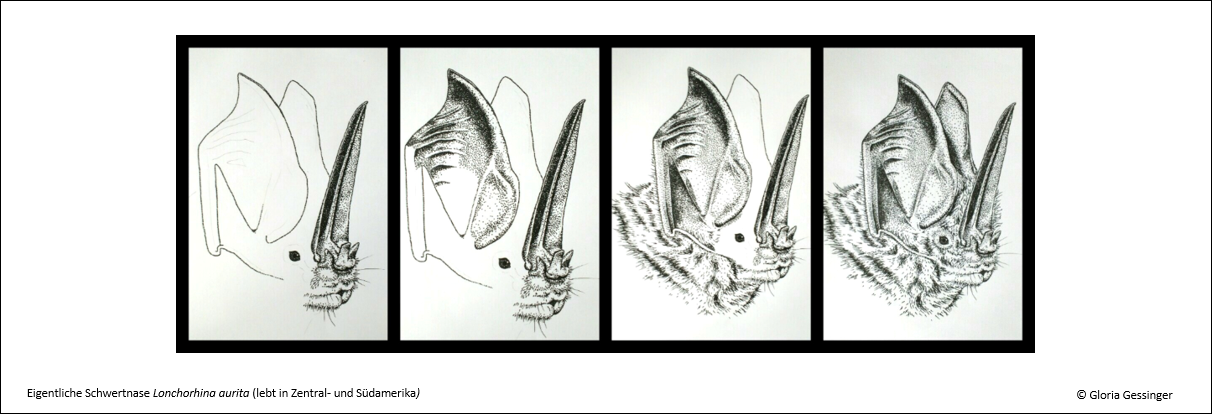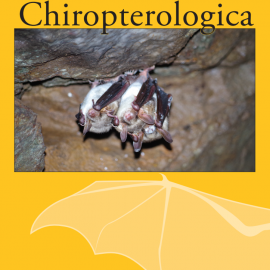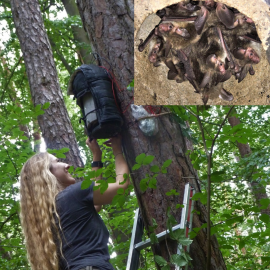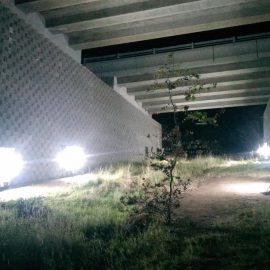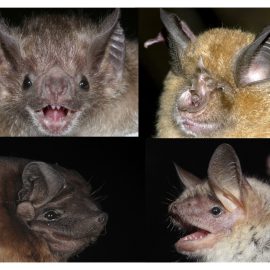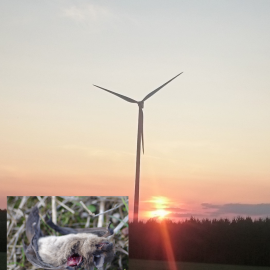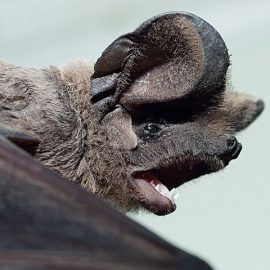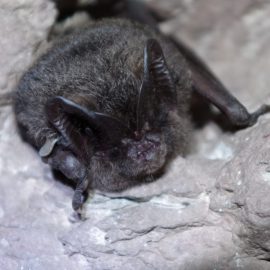New issue of Acta Chiropterologica published. The content can be found under the following link: https://bioone.org/journals/acta-chiropterologica/current
Influence of weather on births, body size and survival of bats
Artificial lighting reduces the use of wildlife-crossing structures for bats
BfN Script “Fledermaussschutz in Europa III” released (German language)
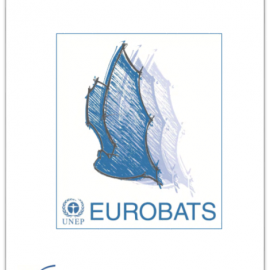
Die neue Publikation des Bundesamtes für Naturschutz (BfN) enthält neben der aus früheren Auflagen bekannten umfangreichen Datensammlung in Form der Berichte der Bundesländer zur Nationalen Strategie auch die Beschlüsse der letzten EUROBATS-Vertragsstaatenkonferenzen aus den Jahren 2014 und 2018. Damit sind
Astonishingly accurate: Chronological age determination of bats possible using DNA from wing membrane samples
Wing membrane and fur samples of bats as biomarkers for heavy metal loads
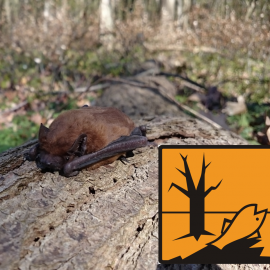
As insect-eaters, bats are particularly endangered by the use of various environmental contaminants (e..B. persistent organic and inorganic pollutants), because these environmental toxins can accumulate extremely strongly within the food chain. It is therefore astonishing that relatively little is known

